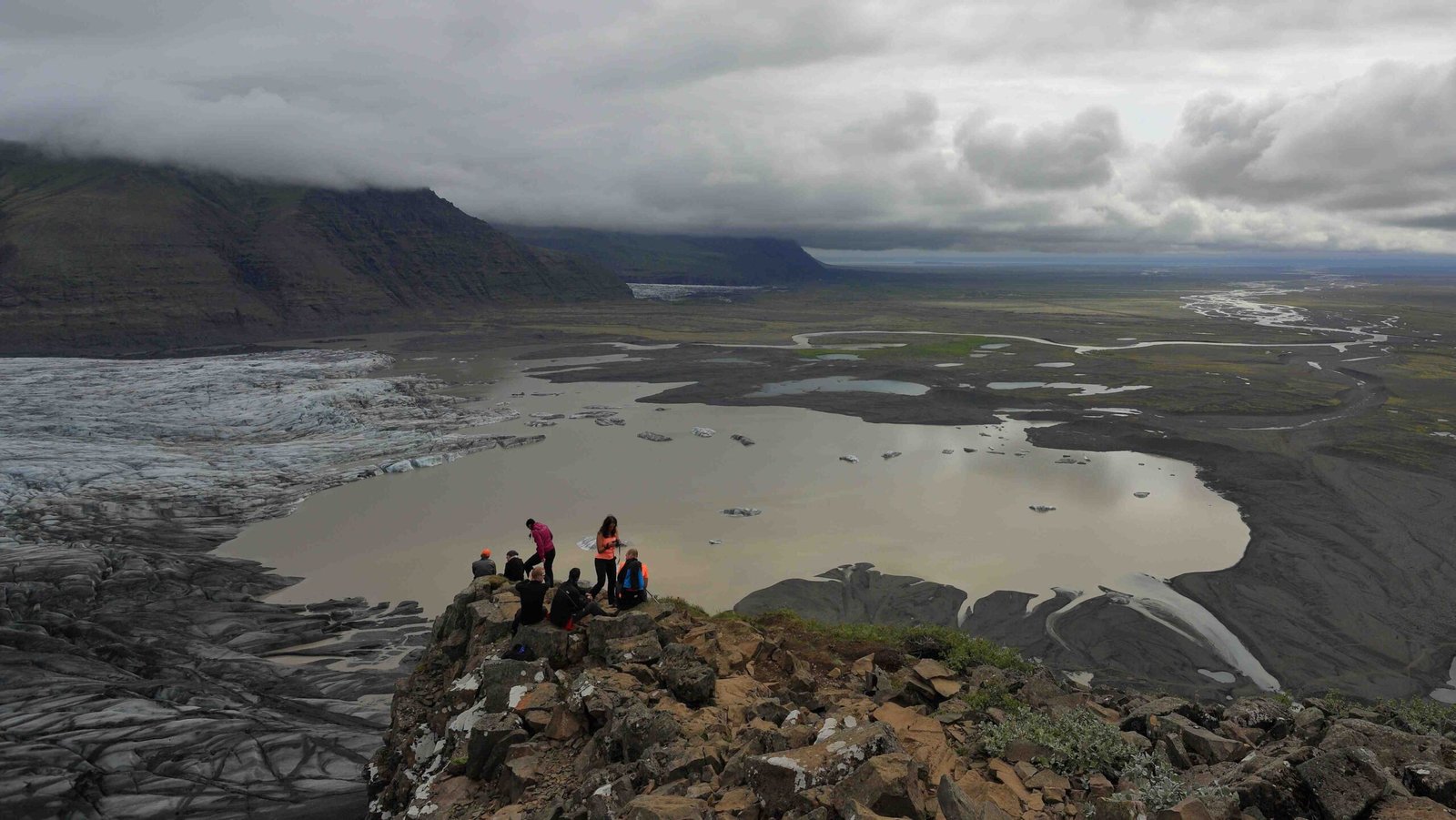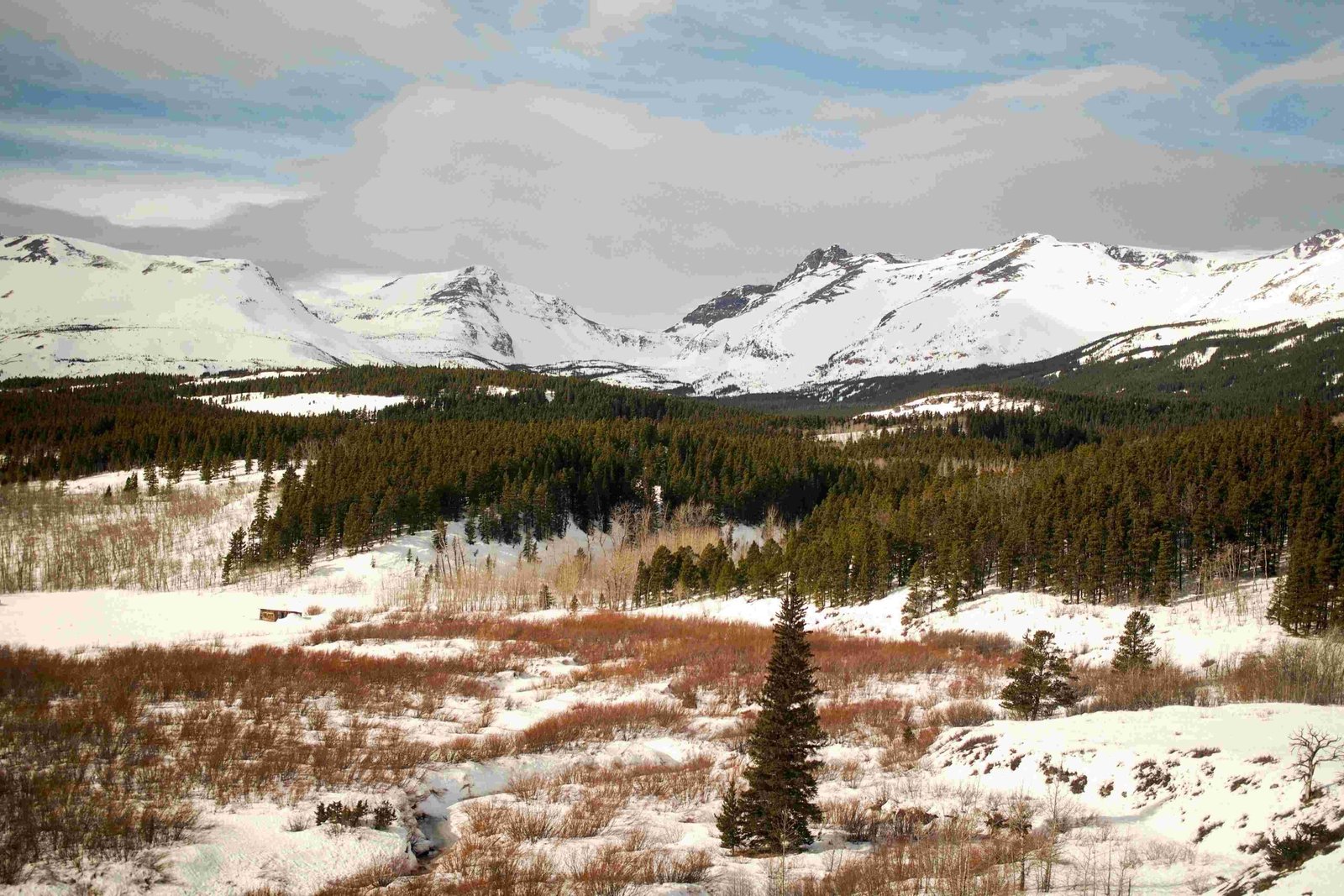Glacier National Park is home to diverse wildlife, including mountain lions and bighorn sheep. Recent sightings have sparked interest in these elusive creatures. The park boasts one of the highest mountain lion densities in Montana, with approximately 4.9 resident adults per 100 square kilometers. Bighorn sheep inhabit the park’s rocky terrain, creating a unique ecosystem where predator and prey coexist. This article explores the fascinating dynamics between mountain lions and sheep in Glacier National Park.
What is the Current Population Status of Mountain Lions and Sheep in Glacier National Park?

Mountain Lion Population
Mountain lions in Glacier National Park have a thriving population, largely due to the abundance of their primary prey, white-tailed deer. The park’s ecosystem supports one of the highest densities of mountain lions in Montana, with an estimated 4.9 resident adult mountain lions per 100 square kilometers.
Key points about mountain lion population:
- Higher density compared to Yellowstone National Park
- Abundant prey base, particularly white-tailed deer
- Year-round presence in the park
- Activity influenced by seasonal changes
Bighorn Sheep Population
While specific numbers are not provided in the available sources, bighorn sheep are known to inhabit Glacier National Park. They prefer steep, rocky terrain that offers protection from predators.
Characteristics of bighorn sheep habitat:
- Alpine meadows
- Rocky outcroppings
- Areas with limited vegetation
- Steep, mountainous regions
Where Are Mountain Lions and Sheep Most Commonly Found in the Park?

Mountain Lion Sightings
Mountain lions have been reported in various areas of Glacier National Park. Some notable locations include:
- Upper McDonald Creek Valley near Lake McDonald
- North Fork of the Flathead River Valley
- Wooded areas providing cover for hunting
These areas are known for both visitor activity and instances of mountain lion sightings, sometimes including aggressive behavior.
Bighorn Sheep Habitat
Bighorn sheep are typically found in:
- High-altitude alpine meadows
- Rocky cliffs and outcroppings
- Areas with sparse vegetation
- Steep, mountainous terrain offering protection from predators
How Do Mountain Lions and Sheep Interact in Glacier National Park?
The interaction between mountain lions and bighorn sheep in Glacier National Park is part of a complex predator-prey dynamic. While direct documentation of mountain lion predation on bighorn sheep in the park is limited, it’s known that mountain lions are capable of preying on various ungulates.
Predator-Prey Dynamics:
| Predator | Prey | Interaction |
|---|---|---|
| Mountain Lion | White-tailed Deer | Primary prey, abundant in the park |
| Mountain Lion | Bighorn Sheep | Potential prey, but less documented |
| Grizzly Bears | Mountain Lion Kills | Compete for food sources |
| Wolves | Mountain Lion Kills | Compete for food sources |
Mountain lions in Glacier National Park are often at the lower end of the predator hierarchy, being submissive to:
- Grizzly bears
- Wolves
- Black bears
- Packs of coyotes
This hierarchy can affect mountain lion hunting behavior and success rates, potentially influencing their interactions with bighorn sheep.
What Conservation Efforts Are in Place for Mountain Lions and Sheep?
Glacier National Park implements various measures to manage wildlife populations and mitigate human-wildlife conflicts. These efforts include:
- Educational outreach programs
- Area postings and trail closures
- Hazing techniques for problem animals
- Possible removal of habituated mountain lions
- Adjusting harvest quotas to maintain stable populations
Conservation Challenges:
- Balancing needs of various wildlife species
- Managing human-wildlife conflicts
- Ensuring public safety
- Adapting to changing predator-prey dynamics
Success metrics for these conservation efforts include maintaining stable mountain lion populations while minimizing conflicts with humans. The park has shown success in helping mountain lion populations recover after severe winters reduced deer herds by adjusting harvest quotas.
What Should Visitors Know About Mountain Lion and Sheep Safety?
Viewing Areas and Best Times
While there are no guaranteed viewing areas for mountain lions or sheep, visitors should be aware of areas with known activity:
- Upper McDonald Creek Valley
- North Fork of the Flathead River Valley
- Alpine meadows and rocky outcroppings for sheep sightings
Mountain lions are active year-round, but visitors should be especially alert during dawn, dusk, and night when these predators are most active.
Safety Protocols
When visiting Glacier National Park, follow these safety guidelines:
- Make noise while hiking to avoid surprising mountain lions
- If you encounter a mountain lion:
- Talk calmly
- Avert your gaze
- Stand tall
- Back away slowly
- If an attack seems imminent, act aggressively (unlike with bears)
- Hike in groups; solo travel on trails is not advised
- Keep pets on a leash no longer than 6 feet
- Pets are not permitted on trails or in the backcountry
How Does the Presence of Mountain Lions and Sheep Impact the Park’s Ecosystem?
The presence of mountain lions and bighorn sheep in Glacier National Park contributes to a rich and diverse ecosystem. Their interactions, along with other wildlife, create a complex web of relationships that maintain ecological balance.
Ecosystem Impacts:
- Predator-Prey Balance:
- Mountain lions help control deer populations
-
This prevents overgrazing and maintains plant diversity
-
Trophic Cascades:
- The presence of mountain lions influences the behavior of prey species
-
This can lead to changes in vegetation patterns and habitat use
-
Biodiversity:
- The coexistence of predators and prey supports a wide range of species
-
This contributes to the overall health and resilience of the ecosystem
-
Nutrient Cycling:
- Predation and scavenging help distribute nutrients throughout the ecosystem
-
This supports soil health and plant growth
-
Indicator Species:
- The health of mountain lion and sheep populations can indicate overall ecosystem health
- Changes in their numbers or behavior may signal broader environmental issues
The delicate balance between mountain lions, sheep, and other wildlife in Glacier National Park showcases the importance of preserving natural habitats and maintaining healthy ecosystems. Ongoing research and conservation efforts aim to ensure the continued coexistence of these magnificent creatures in one of North America’s most pristine wilderness areas.
Reference:
1. Mammals – Glacier National Park (U.S. National Park Service)
2. The Heartbeat of Wild Places – Mountain Journal
3. Mountain Lion Believed to be Habituated – National Park Service